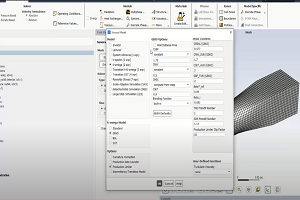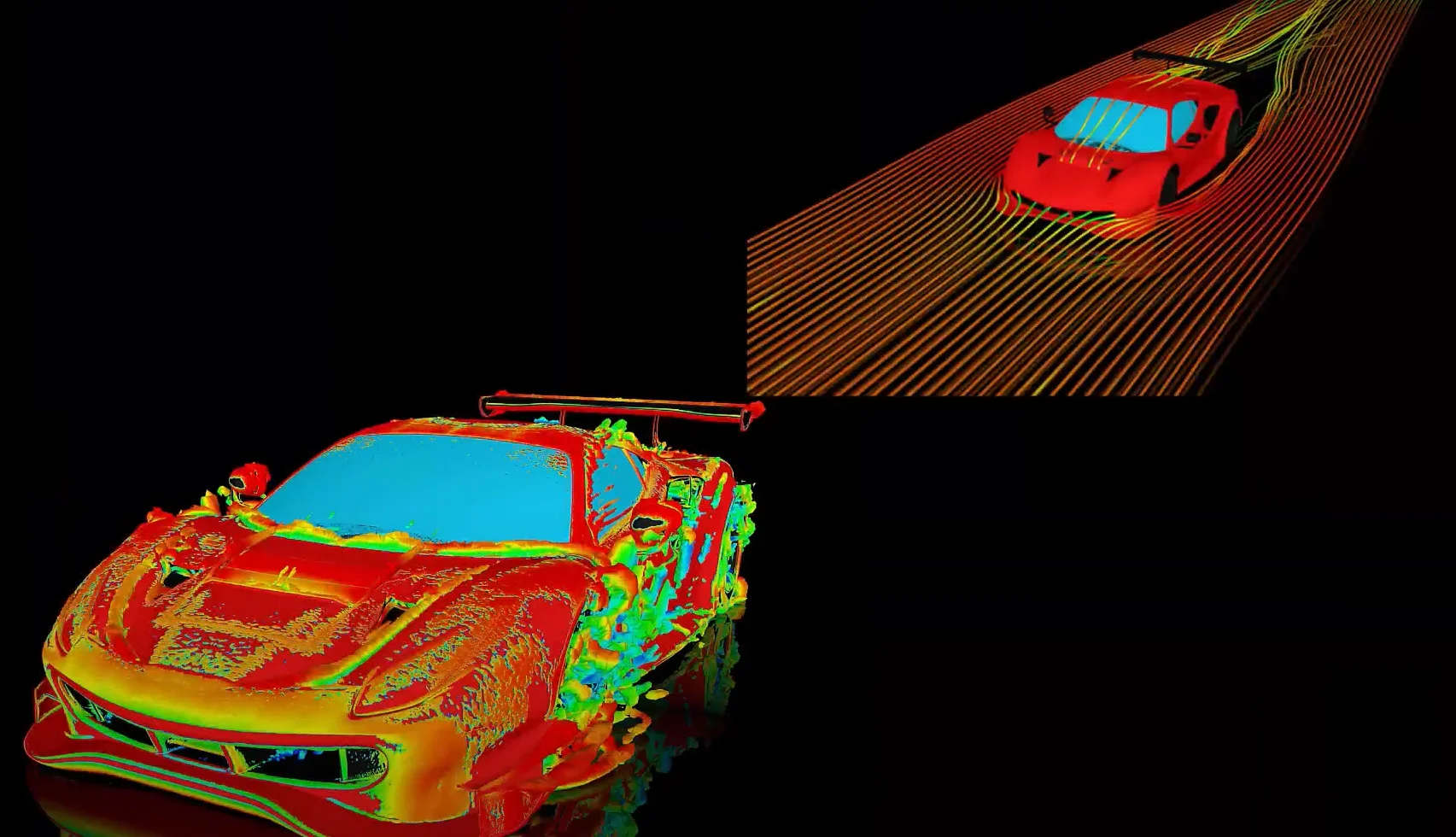Tagged: fluent, fluid-dynamics, General, General - FLUENT
-
-
January 25, 2023 at 7:16 am
 FAQParticipant
FAQParticipantIn Fluent, a journal is a file that contains a list of Fluent instructions for the setup, the run and the post-processing of a calculation. It is written with TUI (Text User Interface), scheme commands or GUI (Graphical User Interface) actions. Once this file has been created, it can be used to run the solver automatically. This can be very useful in case the same setup is repeated on different geometries, etc. In this solution, we will see how to create a journal file and how to use it. 1) Journal File creation: The list of instructions can be written within a text editor. The interactive TUI inside Fluent helps: click on the keyboard Enter button to see all the available menus, click on letter “q” to come back to the previous menu. This can lead to this kind of journal file for example (the semicolon (;) is used to include comments): ; example.jou ; starting command : fluent 3ddp -i example.jou -g >> output.txt & /file/read-case-data “tank-flush.gz” ; read the case and data files /solve/initialize/hyb-initialization ; initialization /solve/dual-time-iterate 10 10 ; iterate with the transient solver /file/write-case-data “final.gz” ok exit yes Fluent can also record all what is done during the interactive setup through File > Write > Start Journal. The setup is saved with GUI language in the journal file. But it is recommended to create journal file with the TUI (using TUI commands or scheme commands) and not through de GUI, as GUI structure may changes from one version to another one. Note that in this recorded file, all the lines will start with (cx-gui-do ….) which represents all the click on the GUI. Moreover, for information, TUI instructions are far more explanatory than GUI instructions in a journal file. 2) Journal file execution: Once your journal has been created (either from scratch within a text editor or using the recording mode in Fluent) you can run it. There are two ways to run a journal file : In interactive mode: File > Read > Journal : this will replay the instructions given in the journal file In batch mode: [usual fluent starting command] -i journal_file.jou & For example: fluent 3ddp -t4 -i example.jou -g >> transcript.out This command will run Fluent in 3d double precision (dp), in parallel on 4 procs (-t4) using the example.jou journal file (-i), in batch (-g) and save the output to the transcript.out file (>>).
-


Introducing Ansys Electronics Desktop on Ansys Cloud
The Watch & Learn video article provides an overview of cloud computing from Electronics Desktop and details the product licenses and subscriptions to ANSYS Cloud Service that are...

How to Create a Reflector for a Center High-Mounted Stop Lamp (CHMSL)
This video article demonstrates how to create a reflector for a center high-mounted stop lamp. Optical Part design in Ansys SPEOS enables the design and validation of multiple...

Introducing the GEKO Turbulence Model in Ansys Fluent
The GEKO (GEneralized K-Omega) turbulence model offers a flexible, robust, general-purpose approach to RANS turbulence modeling. Introducing 2 videos: Part 1 provides background information on the model and a...

Postprocessing on Ansys EnSight
This video demonstrates exporting data from Fluent in EnSight Case Gold format, and it reviews the basic postprocessing capabilities of EnSight.

- How to overcome the model information incompatible with incoming mesh error?
- Is there a way to get the volume of a register using expression ?
- Skewness in ANSYS Meshing
- What are the requirements for an axisymmetric analysis?
- Fluent GPU Solver Hardware Buying Guide
- What are pressure-based solver vs. density-based solver in FLUENT?
- How to create and execute a FLUENT journal file?
- How to get information about mesh cell count and cell types in Fluent?
- What is a .wbpz file and how can I use it?
- How can I Export and import boxes / Systems from one Workbench Project to another?

© 2025 Copyright ANSYS, Inc. All rights reserved.

